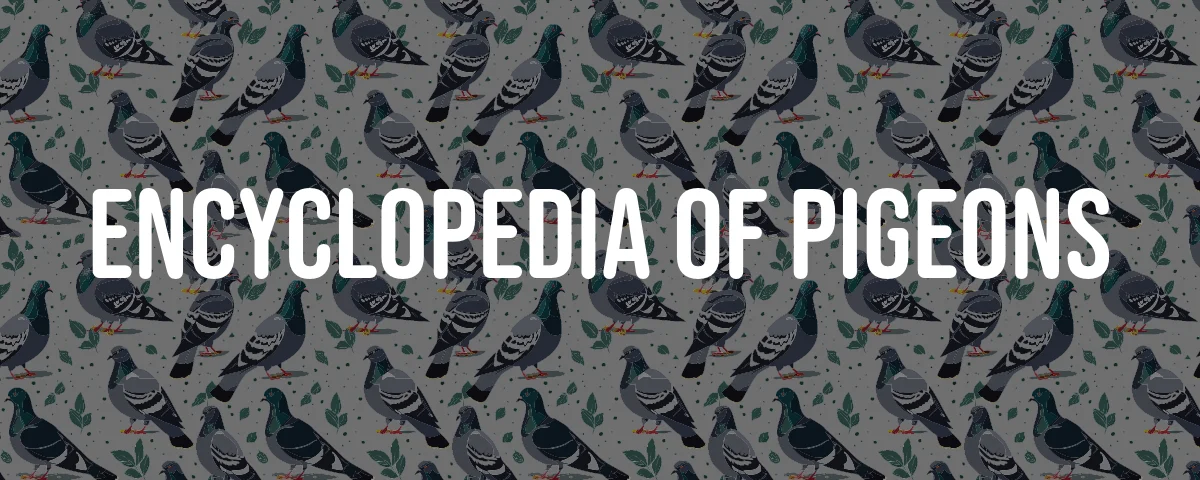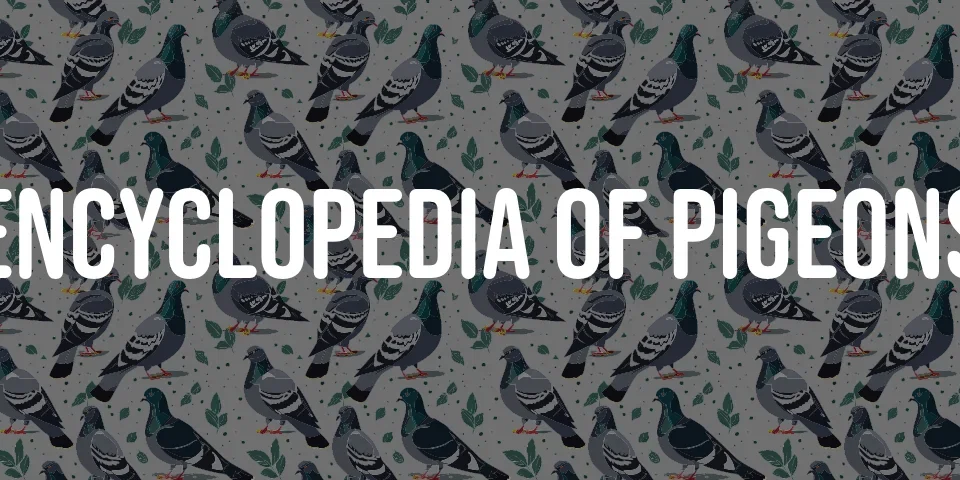The Dolapci pigeon, also known as the Turkish Tumbler, is a breed that is not only admired for its physical beauty but also for its remarkable aerial acrobatics. Originating from Turkey, this breed has been selectively bred over many years for its performance in the air, particularly for its ability to perform tumbling and rolling maneuvers while flying. The Dolapci is a testament to the intricate relationship between humans and pigeons, showcasing the creativity and dedication of breeders in enhancing specific traits within these birds.
Physical Characteristics
The Dolapci pigeon is distinguished by its wide and low body shape, which is complemented by long legs that give it a distinctive stance. Unlike some other pigeon breeds, the Dolapci’s physical structure is optimized for performance rather than purely for show. This breed exhibits a variety of colors, with plumage that can range from solid hues to more intricate patterns.
| Characteristic | Description |
|---|---|
| Body Shape | Wide and low |
| Legs | Long |
| Plumage | Variety of colors and patterns |
| Size | Medium to large for a pigeon |
Behavior and Performance
The Dolapci pigeon is renowned for its aerial performance, specifically its ability to tumble and roll in the air. This behavior, known as “dönek” in Turkish, involves the pigeon retracting its wings and falling to the ground while rotating, a maneuver that requires precise control and agility. The Dolapci can perform multiple types of rotation, making it a spectacle to watch during flight.
The breed’s aerial spiraling return when called back to the loft is particularly spectacular, showcasing the bird’s ability to navigate and perform under the guidance of its keeper. This combination of performance and obedience has made the Dolapci a favorite among pigeon enthusiasts, especially those who appreciate the artistry of pigeon flying.
Cultural Significance
In Turkey, pigeon keeping is a tradition that spans centuries, with the Dolapci being one of the breeds that embody this cultural heritage. The breed is not only a source of entertainment but also a symbol of the keeper’s skill and dedication. The practice of breeding and training Dolapci pigeons is passed down through generations, preserving a piece of Turkish cultural history.
The Dolapci, like other pigeon breeds, has also played a role in communication and competition. Historically, pigeons were used for sending messages across long distances, and breeds like the Dolapci were valued for their speed and reliability. Today, while modern technology has replaced pigeons in communication, the tradition of pigeon racing and performance competitions keeps the spirit of these historical uses alive.
Interesting Facts
- The Dolapci’s ability to perform aerial acrobatics is a result of selective breeding, emphasizing the importance of genetics in shaping the capabilities of pigeon breeds.
- Pigeon keeping in Turkey is not just a hobby but a cultural practice that involves community engagement, competitions, and festivals centered around these birds.
- The training of Dolapci pigeons for performance is an art in itself, requiring knowledge of pigeon behavior, nutrition, and health care.





